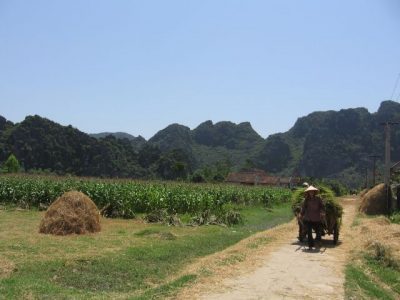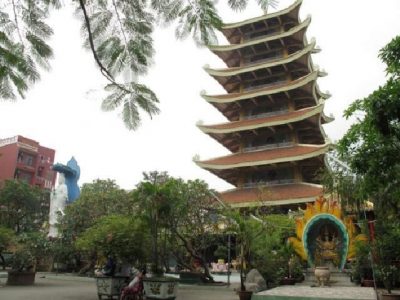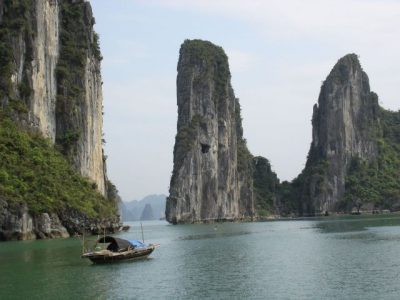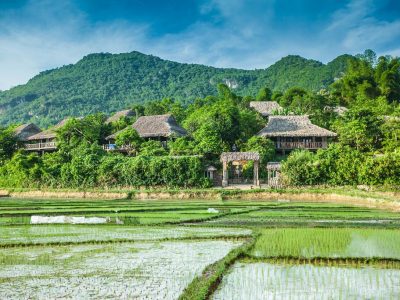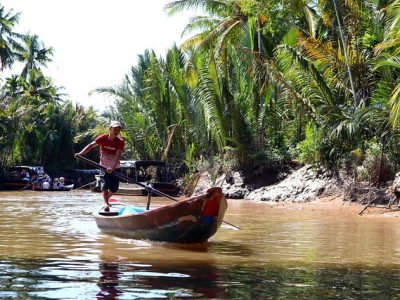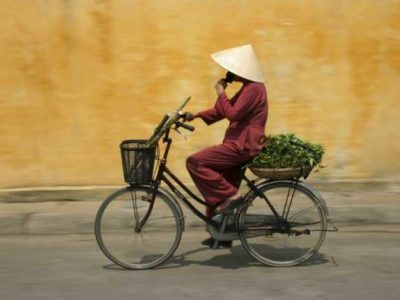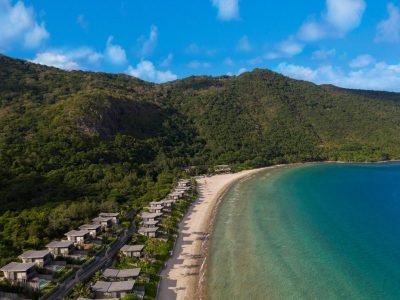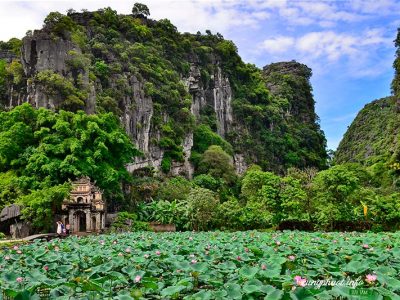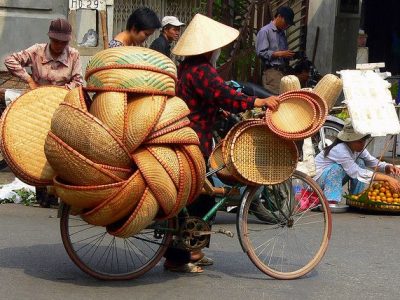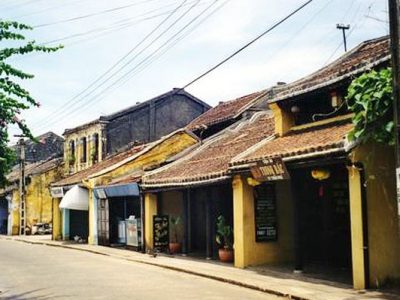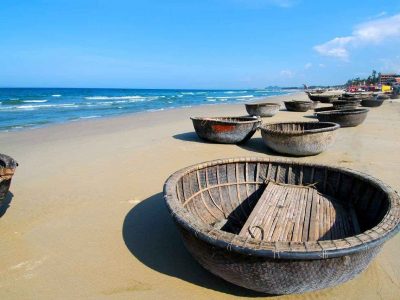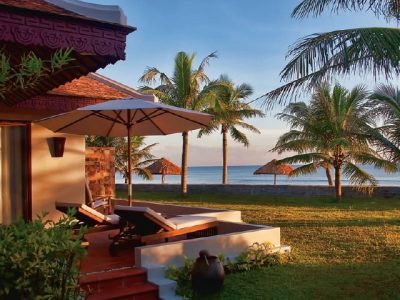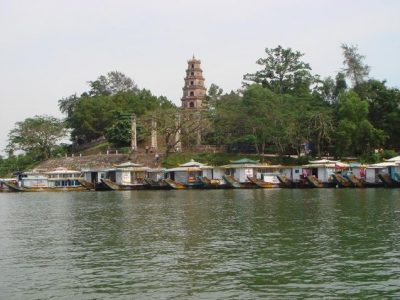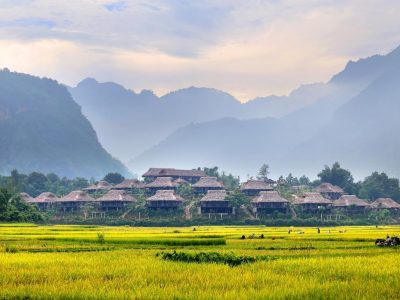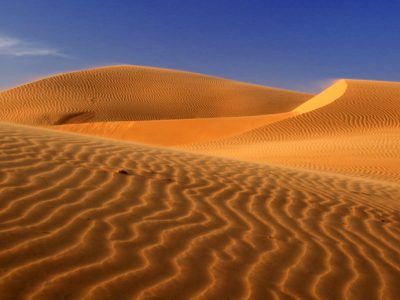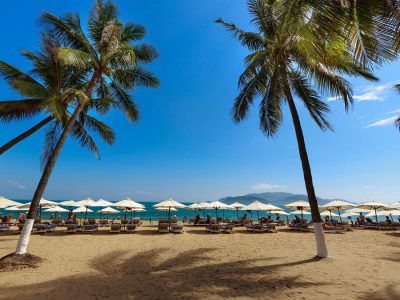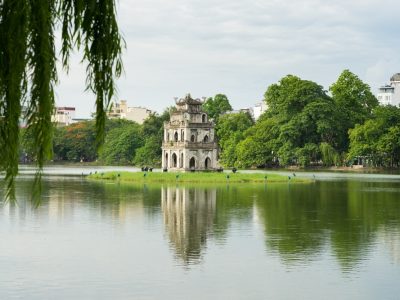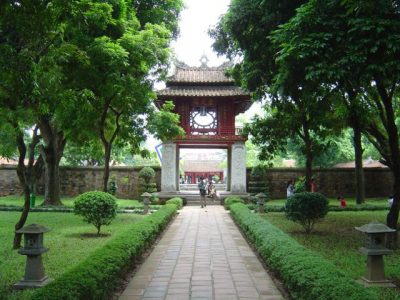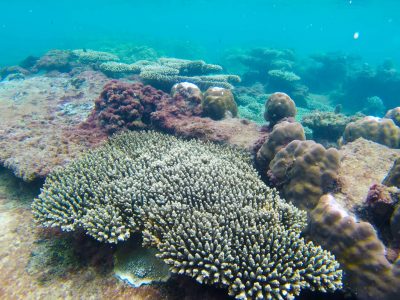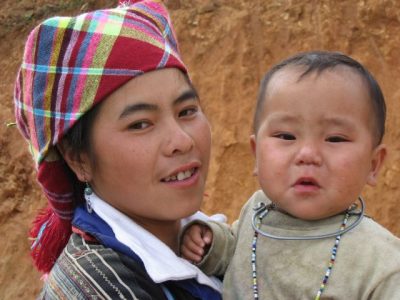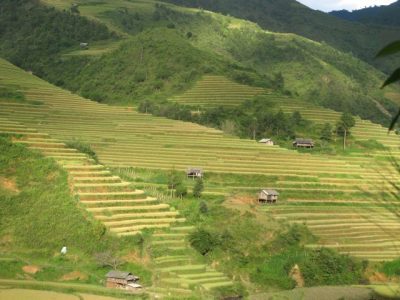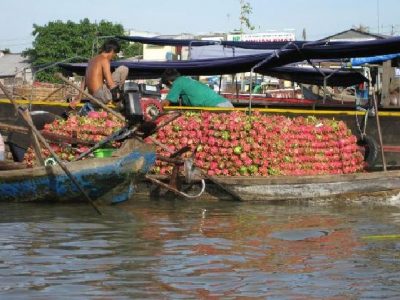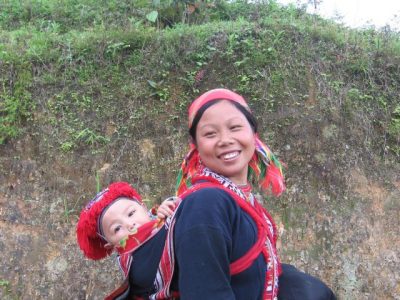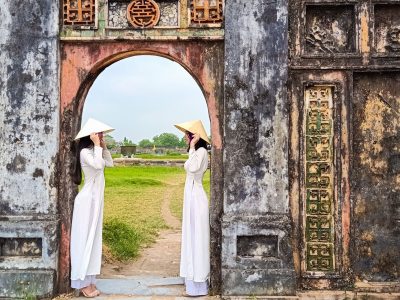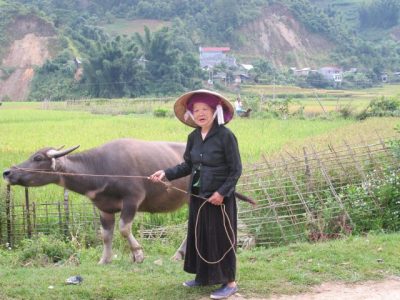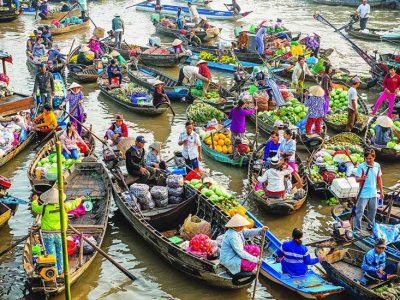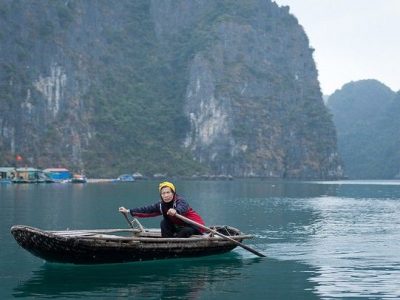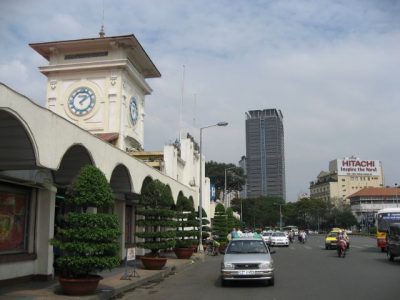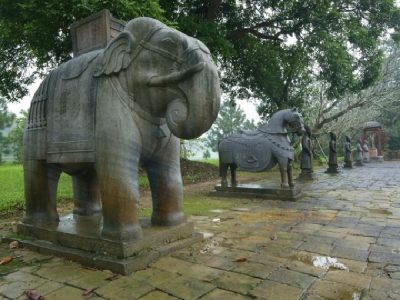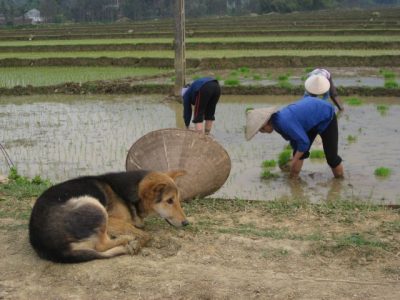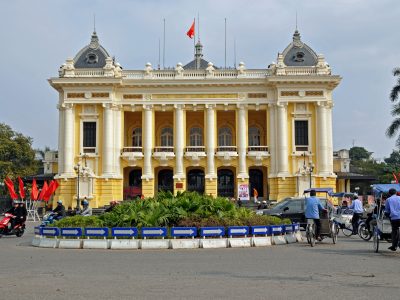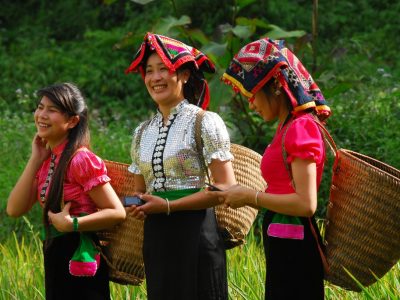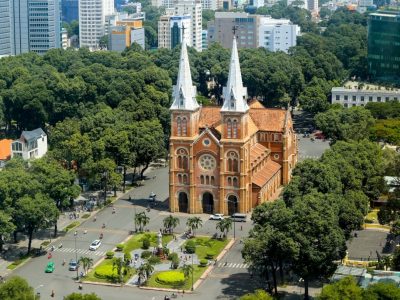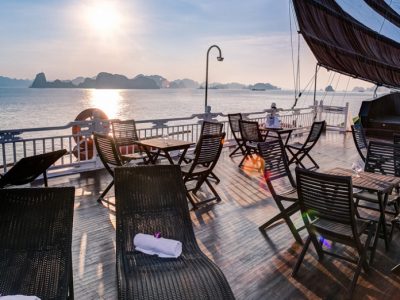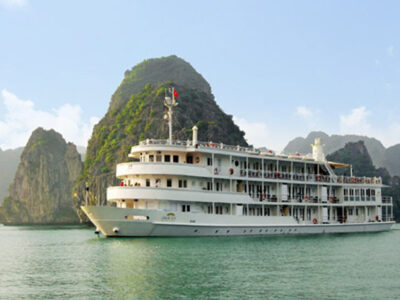Vietnam
Geographically Vietnam is a very diverse country with a great variety of scenery from the verdant tropical waterways of the deep south to the pine forests and peaks of the far north, from the sandy beaches of the coast to the cool tea and coffee plantations of the Central Highlands.
Vietnam is a long, narrow ‘S’-shaped country curled beside China, Laos and Cambodia. It measures about 1,645 km from north to south and a maximum of 600-km east to west, but is barely 60 km wide at its narrowest point. Its 3,500 km coastline is made up of sandy bays and rocky headlands facing the South China Sea and wide areas of mud and mangrove swamps around the deltas of the Mekong River in the south and the Red River in the north. Three-quarters of the country are mountainous and mostly heavily forested. The highest peaks are in the north-west, an extension to the Himalayas. The tallest mountain, Fan Si Pan, rises 3,143m above sea level. Most of the remaining quarter of Vietnam's land surface is made up of the deltas of its two great rivers and a narrow coastal strip. These ten million hectares of fertile, low-lying land are intensively farmed, and contain the overwhelming majority of Vietnam's 80 million people.
The country can be conveniently divided into three distinct regions, the south, the centre and the north, corresponding to the three administrative regions of Cochinchina, Annam and Tonkin under the French colonial rule. The north of the country was the first to be settled and is characterized by the rich farming lands of the Red River Delta. The centre contains the Truong Son Mountain Range running along the border with Laos in the west and the narrow coastal strip bordering the Eastern Sea in the east. In the south, the Mekong Delta is the country’s most fertile region and Vietnam’s major rice and fruit producing area.
The two great metropolises of the country are the elegant capital city Hanoi and the dynamic, economic powerhouse Ho Chi Minh City. Since 1993 UNESCO has declared five World Heritage Sites in Vietnam, four in central Vietnam and one in the north. The four sites in central Vietnam are former imperial capital Hue, the historic trading port of Hoi An, the centre of the former Cham Kingdom, My Son, and Phong Nha Caves. The fifth World Heritage Site is the spectacular natural wonder that is Ha long Bay in northern Vietnam.
| Visa requirements | Most visitors to Vietnam require a visa to enter the country and all travelers must have a passport valid for 6 months after their planned exit from Vietnam. Exceptions: Nationals from Norway, Sweden, Denmark, Finland and Russia traveling to Vietnam and staying for 15 days or less do not need to apply for entry visas, provided that their passport is valid for at least three months and they can show their return ticket. Those who wish to stay longer than 15 days will need to apply for a visa. Tourists holding ASEAN passports do not need a visa for a visit up to 30 days. Philippines passport holders do not need a visa for a visit up to 21 days. Japanese and South Korean passport holders do not need a visa for a visit up to 15 days. A tourist visa is normally a single entry visa, which means that if you exit Vietnam (for example for a side trip to Cambodia), you will require a new visa to re-enter (or apply for a Multiple Entry Visa) The validity of a Tourist Visa is 30 days and normally a single entry visa is given unless a multiple entry is requested. |
|---|---|
| Languages spoken | Vietnamese |
| Currency used | Vietnam Dongs |
| Country name | Socialist Republic of Viet Nam |

